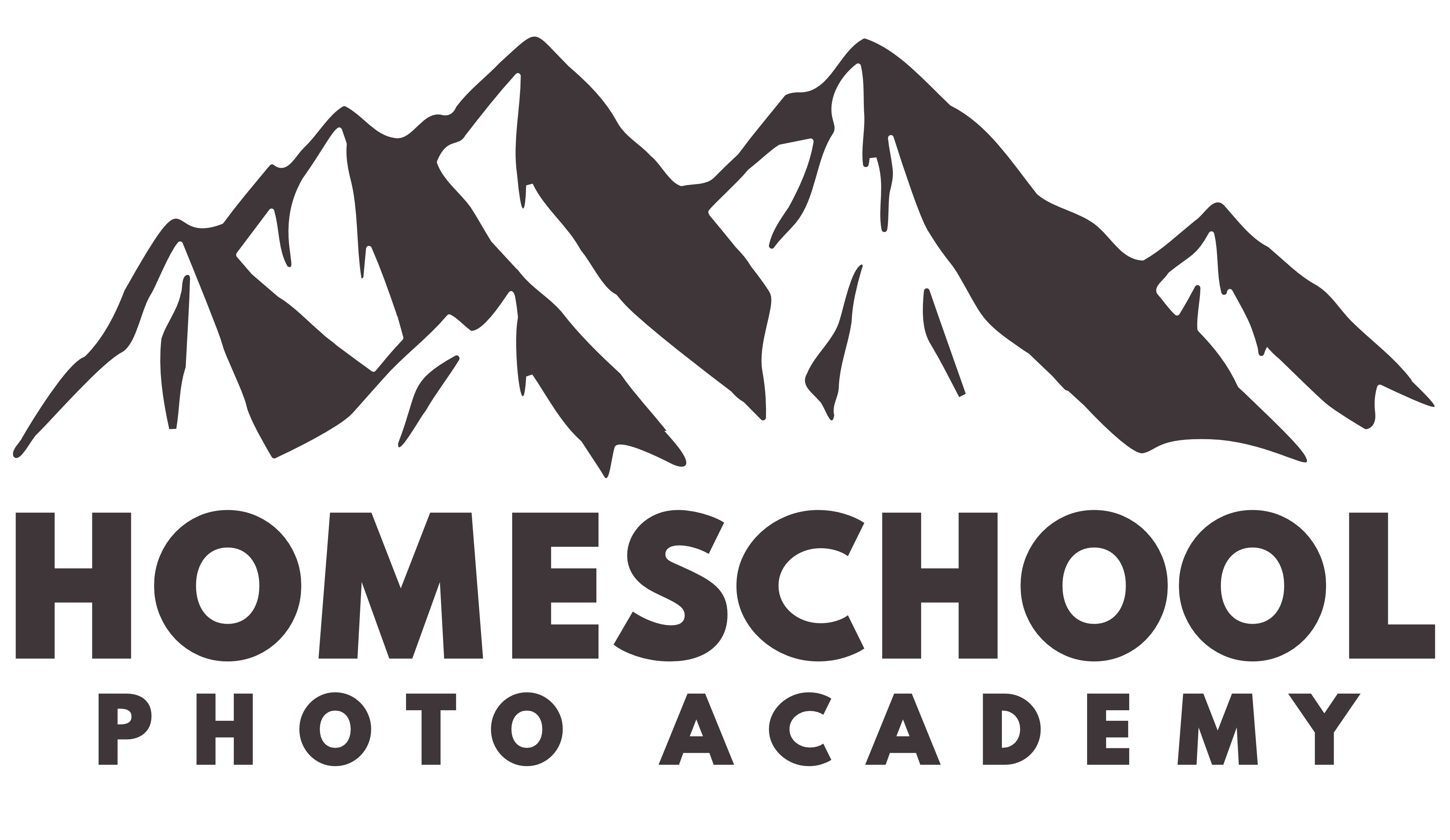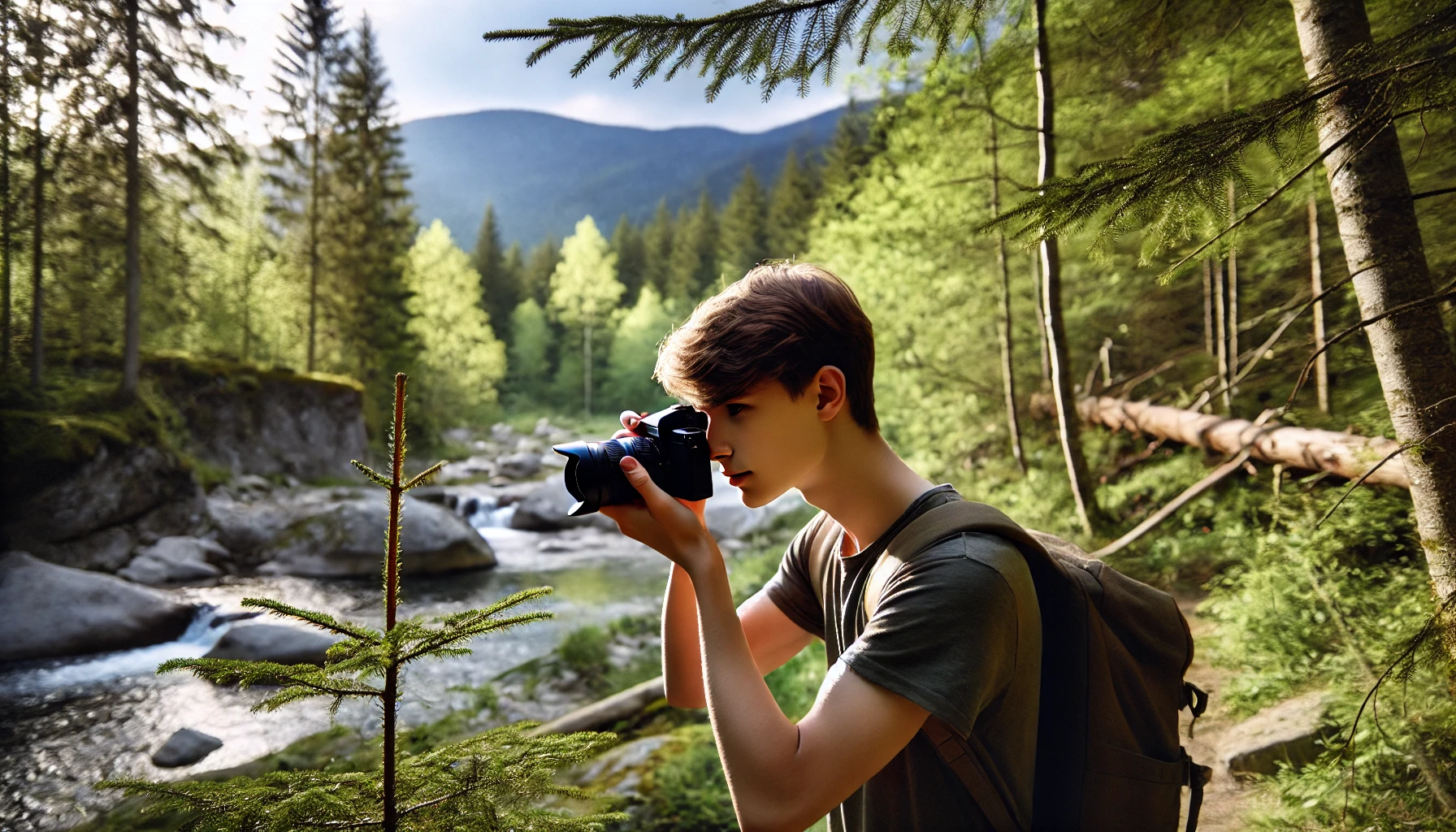Photography is an excellent subject to incorporate into your homeschool curriculum. It combines art, science, technology, and creative expression while teaching valuable skills your child can use throughout their life. But what if you don’t have photography experience yourself? This guide will walk you through how to effectively teach photography to your child, regardless of your own expertise level.
Why Include Photography in Your Homeschool Curriculum?
Before diving into the “how,” let’s briefly consider the “why”:
- Develops multiple skills: Photography teaches technical skills, artistic composition, attention to detail, and patience
- Cross-curricular connections: Photography naturally connects to science, art, history, and even math
- Digital literacy: Understanding digital media is an essential modern skill
- Creative expression: Provides children with a powerful means of self-expression
- Practical application: Photography skills can lead to career opportunities or lifelong hobbies
Getting Started: Equipment Basics
Camera Options
You don’t need expensive equipment to begin teaching photography:
- Smartphone cameras: Most modern smartphones have excellent cameras and are perfect for beginners
- Point-and-shoot cameras: Affordable and user-friendly
- DSLR or mirrorless cameras: More advanced options if you’re ready to invest
- Used equipment: Consider purchasing quality used equipment from reputable dealers
Essential Accessories
A few basic accessories can enhance the learning experience:
- Tripod (even an inexpensive one)
- Extra memory cards
- Protective case
- Basic editing software (many free options are available)
Creating a Photography Curriculum for Different Ages
Elementary Age (6-10)
Focus on fun, exploration, and basic concepts:
- Scavenger hunts for specific subjects (colors, shapes, textures)
- Simple photo projects like “A Day in My Life” or “My Favorite Things”
- Basic composition concepts using terms like “fill the frame” or “get closer”
- Introduce the idea of light sources and shadows
Middle School Age (11-13)
Build on fundamentals with more technical concepts:
- Introduction to camera modes beyond “auto”
- Basic composition rules (rule of thirds, leading lines)
- Different types of photography (landscape, portrait, macro)
- Simple photo editing techniques
- Photo storytelling projects
High School Age (14-18)
Expand into more complex concepts and potential career applications:
- Manual mode photography (controlling aperture, shutter speed, ISO)
- Advanced composition and lighting techniques
- Genre-specific photography skills
- Comprehensive editing workflows
- Portfolio development
- Photography history and influential photographers
Teaching Methods for Non-Photographer Parents
Structured Curriculum Options
If you’re not confident creating your own photography curriculum:
- Dedicated photography courses: Our 30-week Fundamentals of Photography online course is specifically designed for homeschool families, with parent-friendly guides that help you teach concepts even if you’re not a photographer yourself. The course is self-paced and covers camera operation, composition, and basic photo editing
- Photography textbooks: Look for those designed for beginners or students
- Online curriculum resources: Many homeschool websites offer photography unit studies
Check out: Photography Fundamentals for Homeschoolers
Learning Together Approach
Don’t be afraid to learn alongside your child:
- Set aside time to experiment with photography concepts together
- Take turns teaching each other new skills you’ve discovered
- Create photography challenges for the whole family
- Join online photography communities together
Alternative Learning Resources
While YouTube has countless photography tutorials, many parents prefer to avoid the platform for their children. Consider these alternatives:
- Local photography classes: Check community colleges, camera shops, or art centers
- Photography clubs: Join homeschool co-op photography clubs or start one
- Photography books and magazines: Your local library likely has excellent resources
- Photography apps: Many apps teach photography concepts in kid-friendly ways
Practical Photography Projects for Homeschoolers
Projects make learning photography engaging and meaningful:
- Document field trips and nature studies
- Create photo essays about historical events
- Make photo illustrations for creative writing
- Design photography-based science observations
- Develop yearbooks or family albums
- Participate in photography competitions for students
Assessment and Portfolio Development
How to evaluate progress and showcase learning:
- Create rubrics for technical skills and creative expression
- Implement peer review sessions with other homeschool families
- Maintain a photography portfolio (digital or printed)
- Schedule periodic “gallery walks” to display and discuss work
- Consider photography competitions as benchmarks
Integrating Photography Across Subjects
Photography naturally enhances other subjects:
- Science: Document experiments, seasons, nature studies
- History: Create visual timelines, historical reenactment photos
- Language Arts: Visual storytelling, photo prompts for writing
- Math: Explore geometry in composition, calculate exposure
- Art: Study the intersection of photography and other art forms
Overcoming Common Challenges
Solutions to typical obstacles:
- Budget constraints: Start with what you have; upgrade gradually
- Technical difficulties: Troubleshoot together as a learning opportunity
- Creative blocks: Keep a list of photography prompts and challenges
- Maintaining interest: Connect projects to your child’s existing interests
- Limited locations: Find the extraordinary in ordinary settings
Next Steps: Growing Beyond the Basics
As your child’s skills develop:
- Consider mentorship opportunities with local photographers
- Explore specialized fields like wildlife, architectural, or event photography
- Investigate photography courses for potential college credit
- Develop entrepreneurial skills through small photography ventures
- Connect with photography communities beyond your homeschool
Conclusion
Teaching photography to your homeschooled child doesn’t require you to be an expert. With the right resources, a willingness to learn alongside your child, and a structured approach, you can provide a rich photography education that develops technical skills, artistic expression, and practical applications for the future.
Our 30-week Fundamentals of Photography online course provides the structure, resources, and parent support you need to successfully incorporate photography into your curriculum. We’ve designed it specifically for parents who may not have photography backgrounds themselves, with clear instruction and parent guides that help you teach concepts confidently.
While written photography curriculums can be a good starting point, the reality is that each camera model is different with various buttons and functions that can be confusing. Our video-based course makes learning photography much more intuitive – you can see exactly which buttons to press and how different settings affect your images in real-time. The course includes comprehensive modules on the basics of photography, detailed camera operation, composition techniques, and basic photo editing skills.
As a bonus, students can participate in our online community where they can upload their photos to share with other students and receive feedback from our instructors. This creates a supportive learning environment and provides motivation through seeing the work of peers.
Remember that the journey of learning photography is just as valuable as the final images. Enjoy the process of discovery with your child as you both develop new skills and perspectives through the lens.

